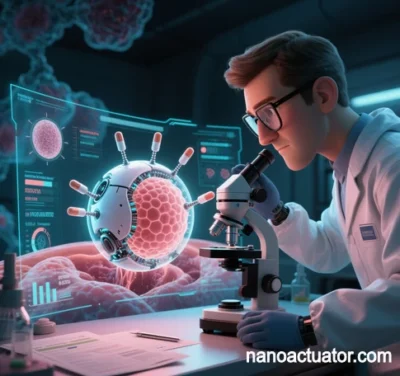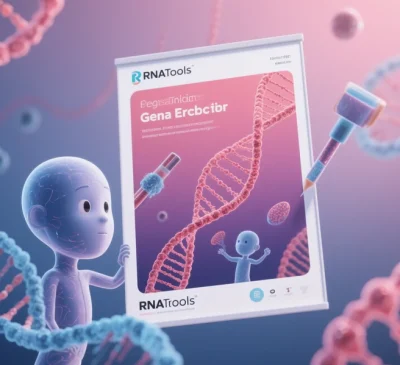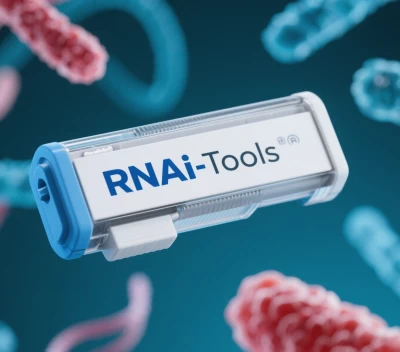
Advances in Nanoactuators for Soft Robotics and Smart Sensors: Current Practices and Future Prospects
(As of May 2025)
I. Core Technological Breakthroughs: From Materials to Drive Mechanisms
1. Self-Healing and Durable Materials
- Dynamic Interface Design: Core-shell nanostructures with reversible hydrogen bonds and liquid metal components enable energy dissipation, enhancing reliability in complex environments.
- Biocompatible Nanocellulose: Carboxylated cellulose nanofiber (CCNF)-graphene nanosheet (GN) ionic actuators achieve ultra-low voltage operation, ideal for medical implants.
2. Multimodal Response and Energy Efficiency
- Light-Humidity Dual Response: Nafion/carbon nanotube/polyethylene films enable programmable bending (30°–180°) for smart windows and crawling robots.
- Magnetophotothermal-Chemical Coupling: Graphene foam actuators with Fe3O4 nanoparticles enable linear motion, rotation, and adaptive speed control for microrobots.
3. High-Performance Energy Conversion
- Triboelectric Nanogenerators (TENGs): Self-powered dielectric elastomer actuators (TENG-ISDEA) drive SMA patient finger rehabilitation via safe current output.
- Piezoelectric-Electrostatic Hybrids: Variable-resistor spring designs enhance force range and response speed for exoskeletons and robotic arms.
II. Interdisciplinary Integration: AI and Biomedical-Driven Systems
1. AI-Enabled Closed-Loop Systems
- Spiking Neural Networks (SNNs): Reduce image transmission latency for bionic eye-actuator synergy.
- Smart Material Databases: DeepMind’s AlphaFold-Exon guides molecular-level actuator design.
2. Biomedical Innovations
- Minimally Invasive Surgical Robots: Photothermal liquid metal actuators enable real-time vascular navigation.
- Neural Interface Rehabilitation: Flexible capacitive sensors (ISDEA) monitor muscle activity and personalize SMA therapy.
III. Expanding Applications: Industry to Environmental Monitoring
| Field | Case Study | Key Advantages |
|---|---|---|
| Healthcare | CCNF-GN bionic fingers mimicking joint motion | Biocompatibility, longevity |
| Industrial | Multistimuli-responsive robotic arms | Light-humidity-thermal actuation, strength |
| Environmental | Marangoni-effect aquatic robots | Magnetic/light control, adaptive speed |
| Consumer Tech | Foldable screen hinges with dynamic stiffness | Lightweight, self-healing |
IV. Challenges and Future Directions
1. Current Limitations
- Standardization: Lack of unified protocols for cross-platform integration.
- Biosafety: Long-term toxicity assessment of nanomaterials (e.g., liquid metals).
2. Emerging Frontiers
- Multimodal Integrated Chips: Develop “smart skin” with sensing-computing-actuation via memristors.
- Biohybrid Systems: Merge nanocellulose actuators with living cells for self-healing muscle-tissue interfaces.
- Energy Harvesting: Leverage piezoelectric/triboelectric effects for self-powered actuators.
V. Commercialization Pathways (2025–2030)
1. Medical Device Prioritization
- TENG-ISDEA rehab robots target FDA approval by 2026 (<$5,000 cost).
- Minimally invasive surgical actuators to reach $4.2B market (27% CAGR).
2. Industrial and Consumer Adoption
- Multistimuli robotic arms to cut energy use by 40% in auto assembly by 2027.
- Foldable device hinges to dominate $8B market by 2030 (35% electrostatic actuator share).
3. Environmental and Defense Markets
- Aquatic robots for marine restoration to unlock $1.2B niche by 2028.
- Military bionic eyes with IR-visible imaging enter field testing ($500K/unit).
Conclusion and Outlook
Nanoactuators are redefining soft robotics and smart sensors through self-healing materials, multimodal actuation, and AI-driven intelligence. From precision healthcare to adaptive industrial systems, their applications transcend traditional actuators, evolving into integrated “sense-decide-act” platforms. Over the next five years, cost reductions (60–80%) via scalable production will cement nanoactuators as cornerstones of smart manufacturing, precision medicine, and sustainable energy.
Data sourced from public references. For collaboration or domain inquiries, contact: chuanchuan810@gmail.com.




